

Articles
When Does Ring Doorbell Record
Modified: August 31, 2024
Discover when Ring Doorbell records in this informative article. Learn how this smart device captures and stores footage to enhance your home security.
(Many of the links in this article redirect to a specific reviewed product. Your purchase of these products through affiliate links helps to generate commission for Storables.com, at no extra cost. Learn more)
Introduction
The Ring Doorbell has become an increasingly popular choice for homeowners looking to enhance their home security. The ability to monitor your front door, receive notifications of activity, and even communicate with visitors remotely has made the Ring Doorbell a valuable tool for many households. One question that often arises is, “When does the Ring Doorbell record?” In this article, we will explore how the Ring Doorbell works, the different recording modes available, and the factors that can affect its recording capabilities.
Understanding the Ring Doorbell
Before diving into the recording capabilities of the Ring Doorbell, it’s important to have a basic understanding of how this device works. The Ring Doorbell is a Wi-Fi-enabled video doorbell that allows you to see, hear, and speak to anyone at your doorstep through a smartphone or tablet. It consists of a camera, microphone, speaker, and motion sensors, all housed in a sleek and weatherproof design.
How the Ring Doorbell Works
The Ring Doorbell works by detecting motion in its field of view. When someone approaches your door or triggers the motion sensors, the Ring Doorbell activates, allowing you to receive a notification on your mobile device. With the live view feature, you can then open the Ring app to see a live video feed from the camera, enabling you to assess the situation and communicate with the person at your door.
Ring Doorbell Recording Modes
When it comes to recording, the Ring Doorbell offers two main modes: live view and motion-activated recording.
Live View Feature
The live view feature allows you to manually access the camera feed at any time, even if there is no motion detected. This means that you can check in on your front door whenever you want, giving you peace of mind and the ability to monitor your home in real-time.
Motion-Activated Recording
The motion-activated recording mode is the default setting for the Ring Doorbell. When motion is detected, the device automatically starts recording a video clip. These clips are then saved to the Ring cloud, where you can access them later for viewing and sharing. The length of these recordings can vary, but they typically range from 30 seconds to two minutes.
Key Takeaways:
- The Ring Doorbell offers versatile recording modes, including live view and motion-activated recording, providing homeowners with real-time monitoring and video capture of detected activity at their front door.
- Managing the Ring Doorbell’s recording settings, such as motion sensitivity and motion zones, allows for customization to optimize performance, reduce false alerts, and ensure accurate event capture.
Understanding the Ring Doorbell
The Ring Doorbell is a revolutionary device that has transformed home security. With its sleek design, advanced features, and ease of use, it has become a popular choice for homeowners looking to enhance the security of their front door. To fully appreciate the capabilities of the Ring Doorbell, it’s important to understand how it works and the range of features it offers.
At its core, the Ring Doorbell is a video doorbell that allows you to see, hear, and speak to anyone at your doorstep through a smartphone or tablet. It acts as a virtual guardian, providing you with real-time video feeds and notifications whenever there is activity at your front door.
The Ring Doorbell consists of several key components, including a camera, microphone, speaker, and motion sensors. These components work together seamlessly to deliver an integrated and comprehensive security solution.
The camera is perhaps the most significant feature of the Ring Doorbell. It captures high-definition video footage of your doorstep, providing you with a clear and detailed view of anyone who approaches your home. The camera is equipped with infrared night vision, allowing it to capture footage even in low-light conditions. This ensures that you don’t miss any important details, regardless of the time of day.
The microphone and speaker enable two-way audio communication. This means that you can not only see who is at your doorstep but also engage in a conversation with them, even if you are not physically present. Whether you want to instruct a delivery person on where to leave a package or simply greet a visitor, the two-way audio feature allows you to do so conveniently and effectively.
One of the key features of the Ring Doorbell is its motion sensors. These sensors are designed to detect movement in the device’s field of view. When motion is detected, the Ring Doorbell activates, sending a notification to your mobile device. This allows you to be immediately alerted to any activity at your front door, ensuring that you never miss an important event or unexpected visitor. The sensitivity of the motion sensors can be adjusted to suit your preferences, giving you control over what types of movements trigger an alert.
In addition to its primary features, the Ring Doorbell also offers a range of supplementary functionalities. These include features such as customizable motion zones, which allow you to define specific areas in the camera’s field of view that you want to be monitored. This ensures that you are only notified when activity occurs in the areas that matter most to you.
The Ring Doorbell is also compatible with various accessories, such as additional cameras, doorbell chimes, and smart locks. This allows you to expand the capabilities of your Ring Doorbell system and tailor it to your specific needs.
Overall, the Ring Doorbell is an intelligently designed and feature-rich device that brings convenience, security, and peace of mind to homeowners. With its advanced camera, two-way audio, and motion-sensing capabilities, it provides comprehensive surveillance and communication options for anyone looking to enhance their home security system.
How the Ring Doorbell Works
The Ring Doorbell is a smart home device that combines video surveillance, motion detection, and two-way audio communication to provide homeowners with a comprehensive front door security solution. Understanding how the Ring Doorbell works is essential to fully utilize its features and maximize your home security. Let’s delve into the inner workings of this innovative device.
The Ring Doorbell operates through a simple and user-friendly setup. Once installed near your front door, the device connects to your home’s Wi-Fi network and pairs with the Ring app on your smartphone or tablet. This connection enables you to access and control the Ring Doorbell remotely.
The key components of the Ring Doorbell include a high-definition camera, a motion sensor, a microphone, and a speaker. These components work together seamlessly to provide a robust and interactive security experience.
When someone approaches your front door or triggers the motion sensor, the camera on the Ring Doorbell is activated. The camera captures live video footage of the person or activity at your doorstep. This video feed is then transmitted to your mobile device through the Ring app, allowing you to view the footage in real-time.
Simultaneously, the built-in microphone and speaker of the Ring Doorbell enable two-way audio communication. This means that you can not only see who is at your door, but you can also speak to them. Using the Ring app, you can have a conversation with the person at your doorstep, whether it’s a delivery driver, a friend, or even an intruder. The two-way audio feature adds an extra layer of convenience and security by allowing you to interact with visitors without physically opening the door.
The motion sensor of the Ring Doorbell is a critical component for its functioning. It detects any movement in its field of view, triggering the activation of the camera and the notification system. Once motion is detected, the Ring Doorbell sends an alert to your mobile device via the Ring app. This notification allows you to quickly assess the situation and take appropriate action, whether it’s answering the door remotely or notifying authorities if necessary.
The Ring Doorbell also offers customizable motion zones, where you can define specific areas in the camera’s field of view to monitor for motion. This feature is ideal for eliminating false alerts from passing cars or pedestrians. By adjusting the sensitivity and range of the motion zones, you can ensure that the Ring Doorbell focuses only on the areas that matter most to you.
The Ring Doorbell is designed to be compatible with other smart home devices and home security systems. It can integrate seamlessly with other Ring cameras, doorbell chimes, and even smart locks. This compatibility allows you to create a comprehensive home security ecosystem and enhance the capabilities of your Ring Doorbell system.
Overall, the Ring Doorbell utilizes advanced technology and a user-friendly interface to provide homeowners with a convenient and effective front door security solution. By combining video surveillance, motion detection, and two-way audio communication, the Ring Doorbell offers peace of mind and an enhanced sense of security for you and your family.
Ring Doorbell Recording Modes
The Ring Doorbell offers different recording modes to cater to various preferences and needs. These modes determine when and how the device records video footage of activity at your front door. Understanding the different recording modes available can help you customize your Ring Doorbell’s functionality to suit your specific requirements. Let’s explore the recording modes offered by the Ring Doorbell.
Live View:
The Live View mode allows you to manually access the camera feed of your Ring Doorbell at any time, even when no motion is detected. With a simple tap on the Ring app, you can view a live video stream of your front door right from your mobile device. This makes it convenient to check in on your home and see if there is any activity at your doorstep, giving you peace of mind and the ability to monitor your property in real-time.
Motion-Activated Recording:
The default recording mode for the Ring Doorbell is the Motion-Activated Recording mode. This mode automatically starts recording video clips when motion is detected. The camera captures a clip of the activity, which is then saved to the Ring cloud for future viewing and sharing. The length of the recorded clips can vary, usually ranging from 30 seconds to two minutes. The motion sensor sensitivity and range can be adjusted to reduce false alerts and ensure that the Ring Doorbell captures important events accurately.
Snapshot Capture:
In addition to recording motion-activated video clips, the Ring Doorbell also has a Snapshot Capture feature. This feature takes snapshots of activity detected by the motion sensor. Snapshots are still images that provide a quick visual summary of the event. They offer a convenient way to quickly assess what triggered the motion sensor without having to watch a full video clip.
Ring Video Recording:
The Ring Video Recording feature extends the capabilities of your Ring Doorbell by allowing you to save and review recorded video footage. By subscribing to a Ring Protect plan, you can access and download recorded videos from the Ring cloud storage. These recorded videos can be vital for reviewing events, sharing with law enforcement if necessary, or simply keeping a record of notable incidents.
Continuous Video Recording (CVR):
For users who require continuous video monitoring, the Ring Doorbell offers a Continuous Video Recording (CVR) feature. With a Ring Protect Plus plan, the CVR feature records and saves video footage 24/7, providing you with a complete picture of all activity at your front door. This feature is particularly useful for users who want a comprehensive recording solution, ensuring that no moment is missed or unnoticed.
By utilizing the recording modes offered by the Ring Doorbell, you can customize the device’s functionality to suit your preferences and capture the level of detail you desire for home security purposes. Whether you prefer real-time monitoring, motion-activated recording, snapshot captures, or continuous video recording, the Ring Doorbell provides versatile options to meet your needs.
Live View Feature
The Live View feature of the Ring Doorbell is a powerful tool that allows you to have real-time access to the camera feed of your front door at any time. With just a few taps on the Ring app, you can instantly see what is happening outside your home, providing you with an extra level of convenience and security. Let’s dive deeper into the Live View feature and explore its benefits and functionality.
With the Live View feature, you have the ability to manually access the video feed from your Ring Doorbell’s camera at your convenience. This means that even if no motion is detected, you can still check in and see what’s happening outside your front door. Whether you want to see if a package has been delivered, check on your children playing in the yard, or keep an eye on any potential suspicious activity, the Live View feature offers a quick and convenient way to do so.
Activating the Live View feature is simple. Just open the Ring app on your smartphone or tablet, select the specific Ring Doorbell you want to view, and tap on the Live View option. Within seconds, a live video feed from your Ring Doorbell’s camera will appear on your device’s screen, allowing you to see a clear and real-time view of the area around your front door.
The Live View feature offers a wide range of benefits for homeowners. Here are some key advantages:
1. Remote Monitoring: The Live View feature allows you to remotely monitor your front door from anywhere, as long as you have an internet connection. This is particularly useful when you are away from home, allowing you to keep an eye on deliveries, visitors, or any unusual activity that may occur.
2. Real-Time Communication: In addition to viewing live video footage, the Live View feature enables two-way audio communication. This means that you can use your smartphone or tablet to speak directly with anyone at your doorstep. Whether it’s instructing a delivery driver on where to place a package or asking a visitor to identify themselves before opening the door, the two-way audio communication provides a convenient and effective means of interaction.
3. Peace of Mind: The ability to access a live video feed from your front door at any time gives you peace of mind, knowing that you can monitor the comings and goings of your home. This can be particularly comforting when you are away for an extended period or during times when security concerns are heightened.
4. Property Management: The Live View feature is not limited to security surveillance but can also be used for property management purposes. For example, you can use it to check if a scheduled maintenance service has arrived, monitor the progress of construction or renovation work, or even keep an eye on the activities of pets or children playing outside.
It is important to note that accessing the Live View feature may consume more battery power compared to passive motion-activated recording. However, the benefits of real-time monitoring and communication often outweigh the minor battery life impact.
Overall, the Live View feature of the Ring Doorbell provides you with the flexibility to monitor your front door in real-time, no matter where you are. It offers convenience, peace of mind, and enhanced security, making it an invaluable tool for homeowners who value proactive surveillance and active communication capability.
Read more: What To Do With Ring Doorbell When You Move
Motion-Activated Recording
Motion-Activated Recording is one of the key features of the Ring Doorbell that allows you to capture video footage whenever motion is detected near your front door. This feature enhances the security capabilities of the Ring Doorbell by automatically recording and saving video clips of activity, providing you with a valuable record of events and potential evidence. Let’s delve deeper into how Motion-Activated Recording works and the benefits it offers.
The Ring Doorbell’s motion sensors are designed to detect movement within their field of view. When someone approaches your front door or enters the monitored area, the motion sensors trigger the camera to start recording. The Ring Doorbell captures a video clip of the detected activity, typically ranging from 30 seconds to two minutes in length. These video clips are then stored securely in the Ring cloud, accessible through the Ring app on your mobile device.
The Motion-Activated Recording feature offers several benefits for homeowners:
1. Enhanced Security: By automatically recording video clips whenever motion is detected, the Ring Doorbell enhances the security of your home. It allows you to keep a watchful eye on your front door, capturing footage of potential intruders, suspicious activity, or unexpected visitors. This visual record can be invaluable for identifying individuals, understanding their intentions, or producing evidence if needed.
2. Notification Alerts: When motion is detected, the Ring Doorbell instantly sends a notification to your mobile device through the Ring app. This real-time alert ensures that you are aware of activity at your front door, even if you are not physically present. The prompt notification allows you to take immediate action, whether it’s accessing the live video feed, remotely communicating with the person at your doorstep, or contacting authorities if necessary.
3. Customizable Settings: The Ring Doorbell offers customizable motion settings, allowing you to tailor the sensitivity and range of the motion sensors to suit your specific needs. This ensures that you receive accurate alerts and minimize false notifications caused by non-relevant activity, such as passing vehicles or animals. Adjusting the motion settings ensures that the Ring Doorbell focuses on the areas and events that are most important to you.
4. Historical Reference: Motion-Activated Recording enables you to review past events captured by the Ring Doorbell. The stored video clips in the Ring cloud can be accessed at any time through the Ring app. This feature is particularly useful when you need to review a specific incident, share footage with law enforcement, or gather evidence for insurance purposes.
It’s important to note that Motion-Activated Recording requires an active Ring Protect subscription plan. This subscription unlocks features such as video cloud storage, allowing you to access and download recorded video clips from the Ring cloud. Without a subscription, the Ring Doorbell will still provide live video and two-way audio features, but the motion-activated video clips will not be saved in the cloud for future reference.
Overall, Motion-Activated Recording is a valuable feature of the Ring Doorbell that enhances home security by capturing video footage of detected motion. It provides peace of mind, real-time notifications, and historical reference, making it an essential tool for homeowners looking to monitor and protect their front door.
Ring Doorbell records when it detects motion or when the doorbell button is pressed. You can also set up a custom motion schedule to control when it records.
Ring Protect Subscription Plans
Ring offers subscription plans known as Ring Protect to enhance the features and capabilities of their devices, including the Ring Doorbell. These plans provide additional benefits such as video cloud storage, extended warranty, and exclusive discounts. Let’s explore the different Ring Protect subscription plans and the advantages they offer.
Ring Protect Basic:
The Ring Protect Basic plan is the entry-level subscription offered by Ring. With this plan, you’ll receive several key benefits:
- Video Cloud Storage: The Ring Protect Basic plan allows you to store and access video recordings captured by your Ring Doorbell for up to 30 days. This feature ensures that you have a historical reference of events at your front door and the ability to review past footage if needed.
- Snapshot Capture: In addition to video storage, the plan includes snapshot capture, which takes still images of any detected motion at your front door. This feature provides a quick visual summary of activity without the need to review entire video clips.
- Extended Warranty: With the Ring Protect Basic plan, your Ring Doorbell is automatically covered by an extended warranty for as long as you have an active subscription. This provides added protection and peace of mind regarding device functionality and durability.
- Discounts: As a Ring Protect Basic subscriber, you’ll enjoy exclusive discounts on future Ring device purchases. This can be particularly beneficial if you decide to expand your home security system with additional Ring cameras or accessories.
Ring Protect Plus:
The Ring Protect Plus plan offers all the features of the Ring Protect Basic plan, along with a few additional benefits:
- Unlimited Video Cloud Storage: With the Ring Protect Plus plan, there are no time limits for storing and accessing video recordings from your Ring Doorbell. This means all captured video clips are saved in the Ring cloud for as long as your subscription remains active.
- Professional Monitoring: The Ring Protect Plus plan includes professional monitoring for Ring Alarm, if you have it installed. This means that in the event of an alarm trigger, a professional monitoring team will contact emergency services on your behalf, helping to ensure a timely response.
- Cellular Backup: In the event of a power outage or internet disruption, the Ring Protect Plus plan offers cellular backup. This allows your Ring Alarm system to stay connected to the Ring monitoring center and continue providing security coverage.
Both the Ring Protect Basic and Ring Protect Plus plans are available on a monthly or annual subscription basis, allowing you to choose the payment option that suits your needs.
It’s important to note that the Ring Protect subscription plans are optional, and even without a subscription, the Ring Doorbell still provides essential features such as live video streaming and two-way audio communication. However, subscribing to a Ring Protect plan unlocks additional benefits and advanced functionalities, enhancing the overall security experience.
Whether you opt for the Basic or Plus plan, the Ring Protect subscriptions provide peace of mind, added convenience, and extended storage capabilities for your Ring Doorbell video recordings. The choice between the plans depends on your specific requirements and the level of security and monitoring you desire for your home.
When Ring Doorbell Records
Understanding when the Ring Doorbell records video is crucial for maximizing its effectiveness in capturing events and ensuring the security of your home. The Ring Doorbell has specific triggers and settings that determine when it starts recording. Let’s explore the different scenarios in which the Ring Doorbell records video:
1. Motion Detection:
One of the primary triggers for the Ring Doorbell to start recording is motion detection. When the motion sensors of the Ring Doorbell detect movement in its field of view, it initiates a recording. This includes any activity near your front door, whether it’s a person walking up to your doorstep, a package being delivered, or even wildlife passing by. The length of the recording typically ranges from 30 seconds to two minutes, depending on the device settings and the duration of the detected motion.
2. Ring or Live View Activation:
The Ring Doorbell also records video when you activate it manually using the Ring app or when someone rings the doorbell. If you choose to view the live video feed or answer the doorbell through the app, the Ring Doorbell will start recording the interaction for your reference and future playback.
3. Snapshot Captures:
In addition to recording video clips, the Ring Doorbell also captures snapshots of activity detected by its motion sensors. These snapshots are still images that provide a quick visual summary of the detected motion. While not a video recording, they provide a convenient way to identify events without having to watch complete video clips.
4. Continuous Video Recording (CVR):
If you have subscribed to the Ring Protect Plus plan, you have the option of enabling Continuous Video Recording (CVR). This feature provides 24/7 video recording from your Ring Doorbell, meaning it continuously captures and stores video footage. With CVR, you’ll have a comprehensive and uninterrupted recording of all activity at your front door, providing valuable insights and peace of mind.
It’s important to note that the Ring Doorbell does not record continuously in its default settings without a Ring Protect Plus subscription. Without a subscription, the Ring Doorbell records video only when motion is detected or when you initiate an action through the Ring app.
Managing the video recording settings of your Ring Doorbell is crucial to ensure its functionality aligns with your preferences and requirements. You can adjust the motion sensitivity, motion detection zones, and other settings through the Ring app to customize when and how the Ring Doorbell records video.
By understanding these recording triggers and settings, you can make the most of your Ring Doorbell’s video capturing capabilities and have peace of mind, knowing that important events at your front door are being recorded.
Factors Affecting Ring Doorbell Recording
Several factors can affect the recording functionality of the Ring Doorbell, including its placement, settings, and environmental conditions. Understanding these factors is essential to ensure optimal performance and reliability of the device. Let’s explore the key factors that can impact Ring Doorbell recording:
1. Placement and Installation:
The placement and installation of the Ring Doorbell play a crucial role in its recording capabilities. It’s important to position the device in an area that provides a clear view of the front door and the surrounding area. Ideally, the camera should be mounted at a height and angle that maximizes its field of view while minimizing obstructions such as walls, trees, or other objects that could interfere with motion detection or video recording.
2. Motion Sensor Range and Sensitivity:
The motion sensor range and sensitivity settings directly impact when the Ring Doorbell starts recording. Adjusting these settings allows you to customize the device’s response to motion detection. Higher sensitivity levels may result in more frequent recordings, capturing a wider range of movements. However, this could also increase the likelihood of false positives triggered by non-relevant activity. Finding the right balance by fine-tuning the motion sensor settings ensures accurate recording of important events while minimizing unnecessary alerts.
3. Custom Motion Zones:
The Ring Doorbell allows you to define custom motion zones within its field of view. These zones help focus the motion detection on specific areas, such as the front door or a pathway, while ignoring irrelevant movements outside of those designated areas. Setting up custom motion zones can reduce false alerts and ensure that recordings are triggered by activity within the desired areas.
4. Battery Life and Power Source:
Ring Doorbell models can be powered either by a built-in rechargeable battery or hardwired to an existing doorbell system. The battery life affects the recording capability of the device, as a depleted battery may limit the duration and frequency of recordings. It’s important to check the battery level regularly and ensure that it is adequately charged to maintain optimal recording functionality. If hardwired, ensure that the Ring Doorbell is connected to a stable power source to avoid interruptions in recording caused by power outages or faulty wiring.
5. Internet Connectivity:
A stable and reliable internet connection is crucial for the Ring Doorbell to record and transmit video footage. Poor internet connectivity can result in delays or failures in recording and streaming. Ensure that your Wi-Fi network is strong and stable, with sufficient bandwidth to handle video data. If necessary, consider boosting your Wi-Fi signal or repositioning your router for better coverage around the Ring Doorbell.
6. Weather Conditions:
Extreme weather conditions, such as heavy rain, snow, or extreme temperatures, can impact the Ring Doorbell’s performance. Ensure that your device is properly weatherproofed and that its components are not damaged by severe weather. In extreme cases, severe weather conditions may affect the device’s ability to record video or transmit data effectively. Consider using protective accessories or covers specifically designed for the Ring Doorbell to shield it from harsh weather conditions.
Understanding and addressing these factors can help ensure that your Ring Doorbell consistently records video and delivers reliable security monitoring. Proper placement, appropriate settings, reliable power source, strong internet connectivity, and protection against weather elements are key elements for optimizing the recording capabilities of your Ring Doorbell.
Read more: What Does The Ring Doorbell Do
Managing Ring Doorbell Recording Settings
Managing the recording settings of your Ring Doorbell allows you to customize its functionality to suit your specific needs and preferences. By adjusting these settings, you can optimize the device’s recording capabilities, reduce false alerts, and ensure that important events are captured effectively. Let’s explore the key aspects of managing the recording settings for your Ring Doorbell:
1. Motion Detection Settings:
Adjusting the motion detection settings is crucial for optimizing the recording functionality of your Ring Doorbell. Through the Ring app, you can adjust the sensitivity level, motion ranges, and create custom motion zones to focus the device’s detection on specific areas of interest. Higher sensitivity levels may result in more frequent recordings, while lower sensitivity levels may reduce false alerts triggered by non-relevant activity. Fine-tuning these settings allows you to strike the right balance for your specific environment and security requirements.
2. Motion Frequency:
The motion frequency setting determines how quickly the Ring Doorbell detects and records subsequent motion events after the initial detection. You can adjust this setting in the Ring app, choosing between frequent, standard, or light options. Choosing frequent mode ensures that back-to-back motion events are recorded without any delay, providing more comprehensive coverage. However, this might result in an increased number of video recordings, impacting battery life and cloud storage capacity. The standard or light options introduce short quiet periods between motion events, reducing the number of recordings but ensuring a balance between responsiveness and resource usage.
3. Motion Zones:
Custom motion zones enable you to define specific areas within the camera’s field of view that should trigger motion detection and recording. By creating these zones in the Ring app, you can tailor the device’s response to focus on the areas that matter most to you. This feature helps minimize false alerts caused by non-relevant motion outside the designated areas. Adjusting and fine-tuning the motion zones ensure that the Ring Doorbell captures important activity while reducing unnecessary recordings.
4. Recording Length:
You can customize the length of the video recordings captured by your Ring Doorbell. The default recording length is typically between 30 seconds to two minutes per motion event. In the Ring app, you have the option to set the preferred duration within this default range. Consider the length of typical events at your front door and your storage capacity when deciding the recording length. Longer recordings provide more comprehensive coverage, but they may consume more storage space in the Ring cloud.
5. Ring Doorbell Power Modes:
The Ring app provides power mode options that allow you to manage the device’s behavior and optimize battery life. The different power modes include battery saver mode, standard mode, and frequent recording mode. Battery saver mode conserves battery life by reducing the frequency of motion detection and notifications, resulting in fewer recordings. Standard mode balances power consumption and recording frequency. Frequent recording mode maximizes the number of recordings by streamlining motion detection and notification intervals. Selecting the appropriate power mode helps to balance recording frequency with battery life requirements.
6. Ring Protect Subscription:
Consider subscribing to a Ring Protect plan to access advanced recording features and benefits such as extended cloud storage, continuous video recording (CVR), and professional monitoring. With a subscription, you can store and access recorded videos beyond the default periods, ensuring a comprehensive record of activities at your front door.
Regularly reviewing and adjusting the recording settings of your Ring Doorbell helps ensure that it captures important events accurately while eliminating unnecessary alerts and videos. By fine-tuning these settings to suit your specific needs, you can maximize the effectiveness of your Ring Doorbell and tailor its functionality to provide optimal security and convenience for your home.
Conclusion
The Ring Doorbell is a versatile and powerful home security device that provides homeowners with peace of mind and enhanced front door protection. Understanding the various aspects of its recording capabilities and managing its settings allows you to customize the device to fit your unique needs. By optimizing its functionality, you can ensure that the Ring Doorbell captures important events, reduces false alerts, and provides you with a valuable record of activity at your front door.
We explored the different recording modes offered by the Ring Doorbell, including the live view feature, which allows you to manually access the camera feed at any time, and motion-activated recording, triggered by detected motion. We also discussed the benefits and advantages of subscribing to the Ring Protect plans, which offer extended features such as cloud storage, snapshot capture, and continuous video recording (CVR).
We examined the factors that can affect the recording performance of the Ring Doorbell, including placement, motion sensor settings, power source, internet connectivity, and weather conditions. Understanding and addressing these factors can help ensure reliable and consistent recording functionality.
Managing the Ring Doorbell’s recording settings, such as motion sensitivity, motion zones, and recording duration, allows you to customize its behavior and optimize its performance. Taking advantage of these settings helps reduce false alerts, extends battery life, and ensures that important events are captured accurately.
In conclusion, the Ring Doorbell offers homeowners a powerful way to enhance their home security and stay connected to their front door. By understanding its recording capabilities, managing its settings, and utilizing the available subscription plans, you can create a comprehensive and tailored home security solution. Whether it’s monitoring deliveries, identifying visitors, or enhancing the overall security of your property, the Ring Doorbell is a valuable tool that brings convenience, peace of mind, and an increased sense of security.
Curious about securing your home? Our next read dives into compelling reasons detailing why robust security measures are essential. You'll find practical insights into safeguarding possessions and ensuring peace of mind.
Frequently Asked Questions about When Does Ring Doorbell Record
Was this page helpful?
At Storables.com, we guarantee accurate and reliable information. Our content, validated by Expert Board Contributors, is crafted following stringent Editorial Policies. We're committed to providing you with well-researched, expert-backed insights for all your informational needs.
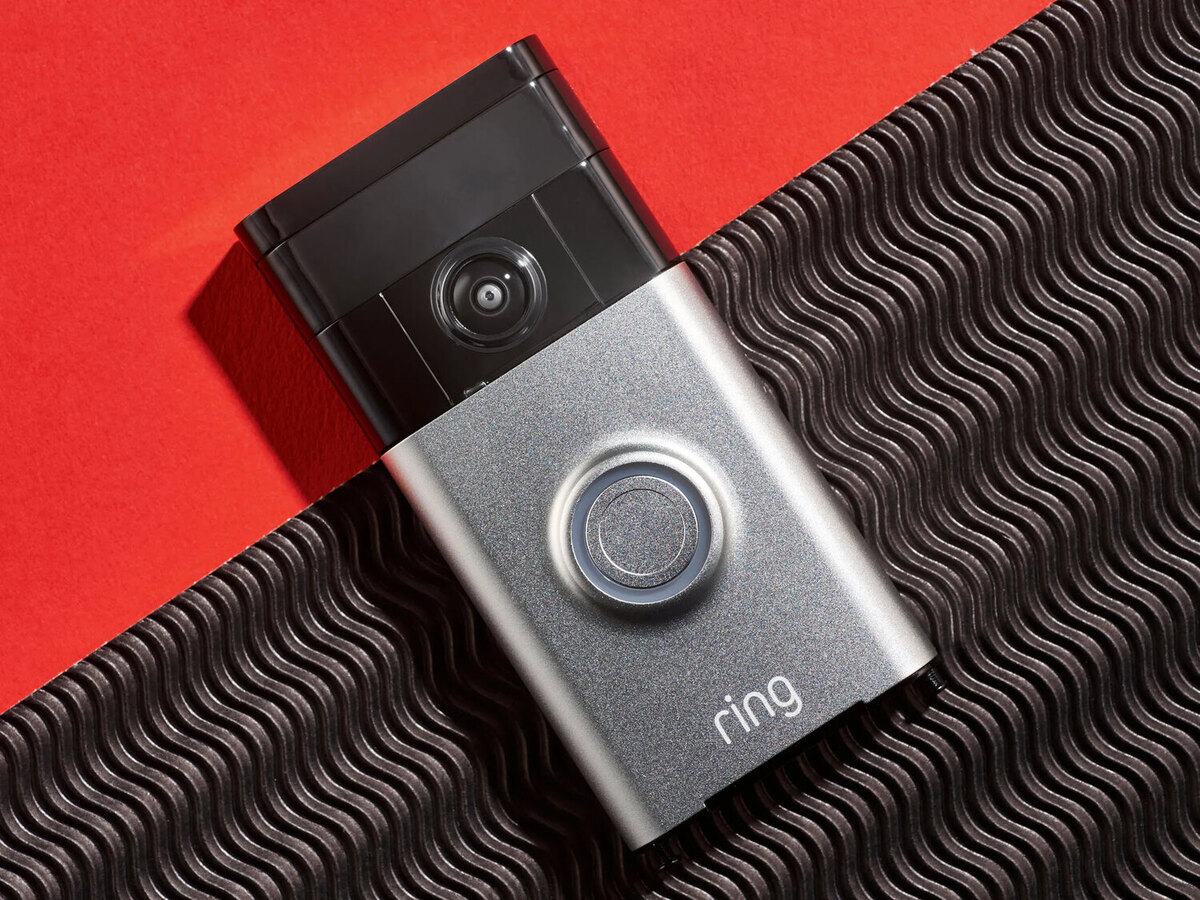
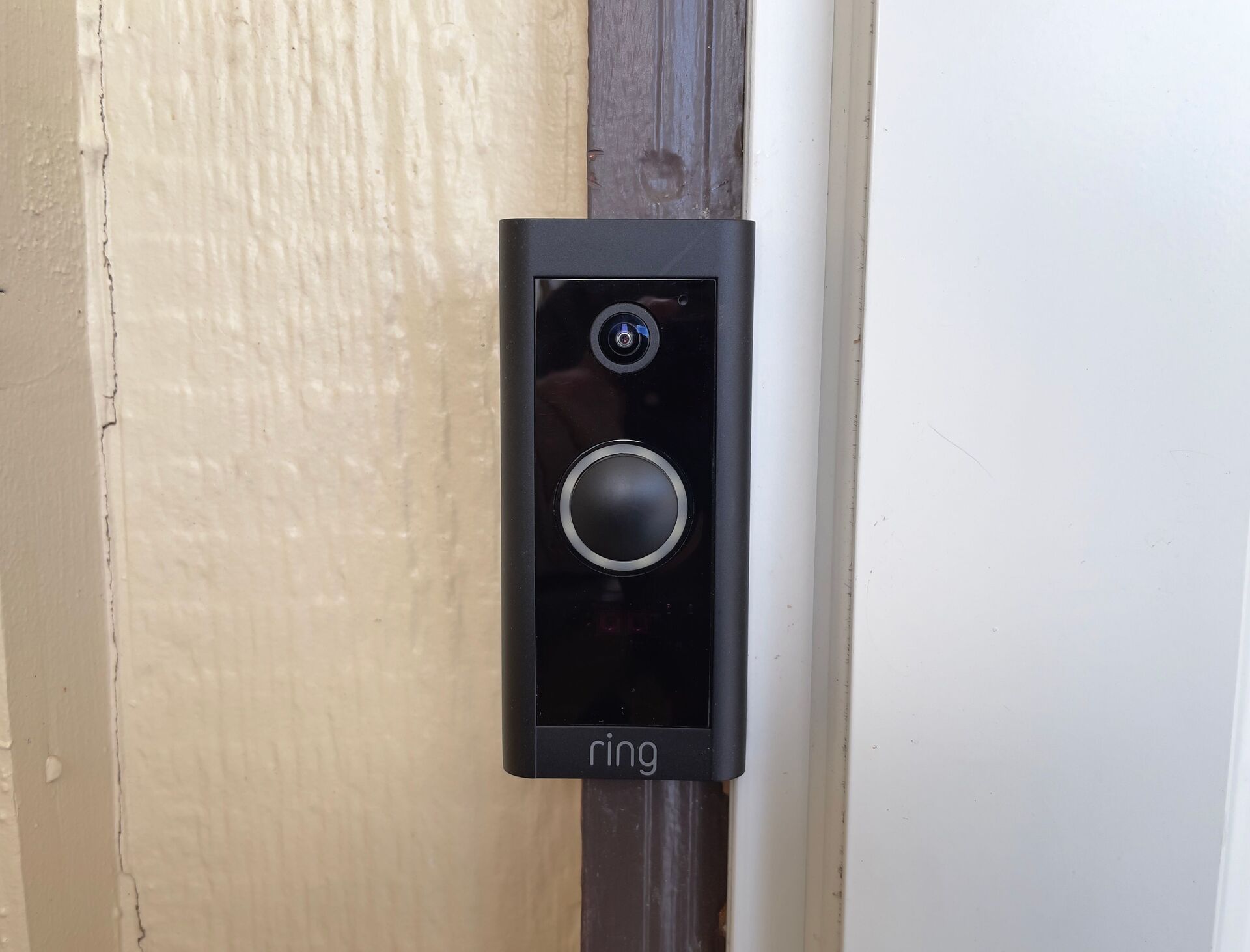
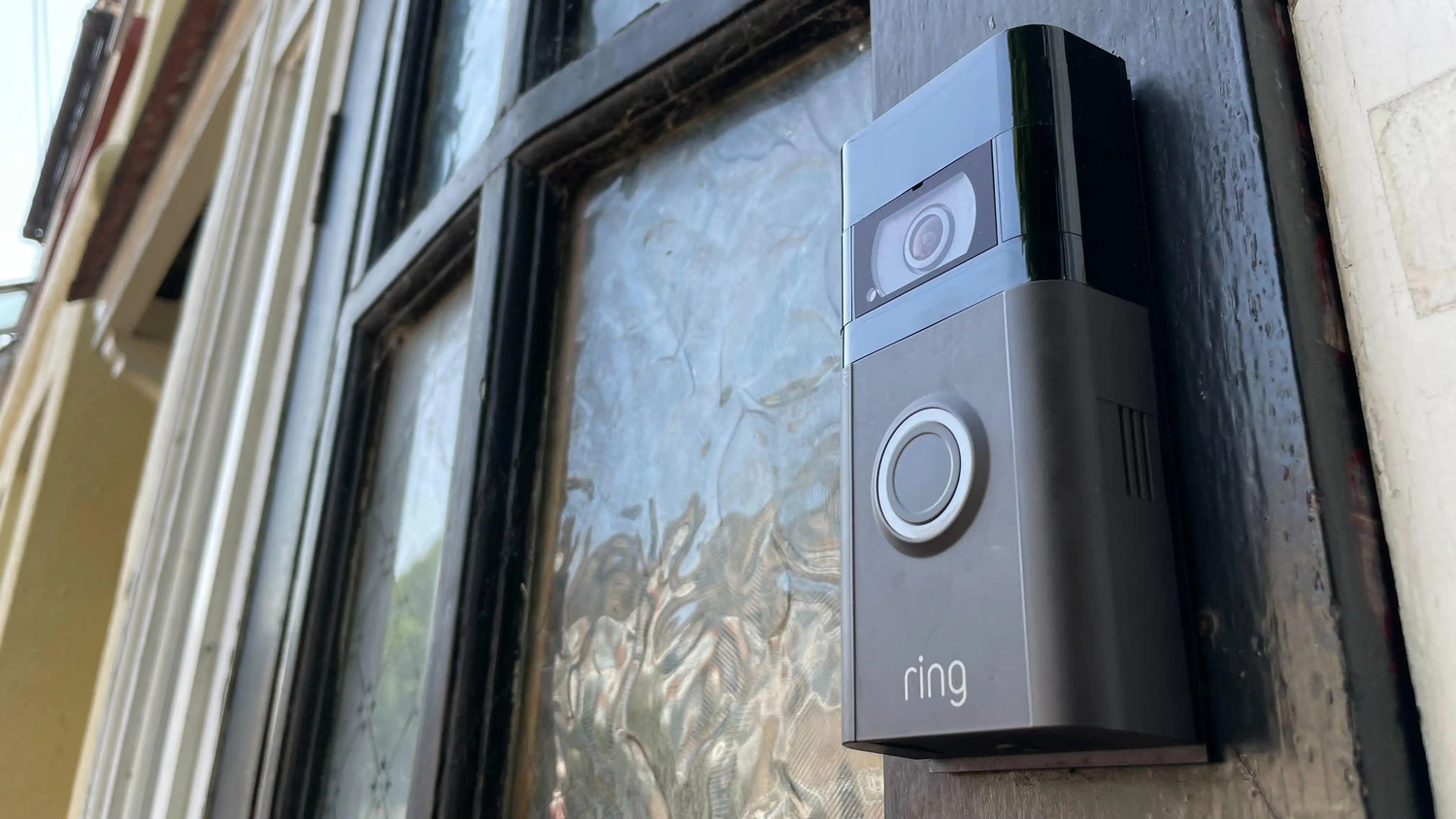
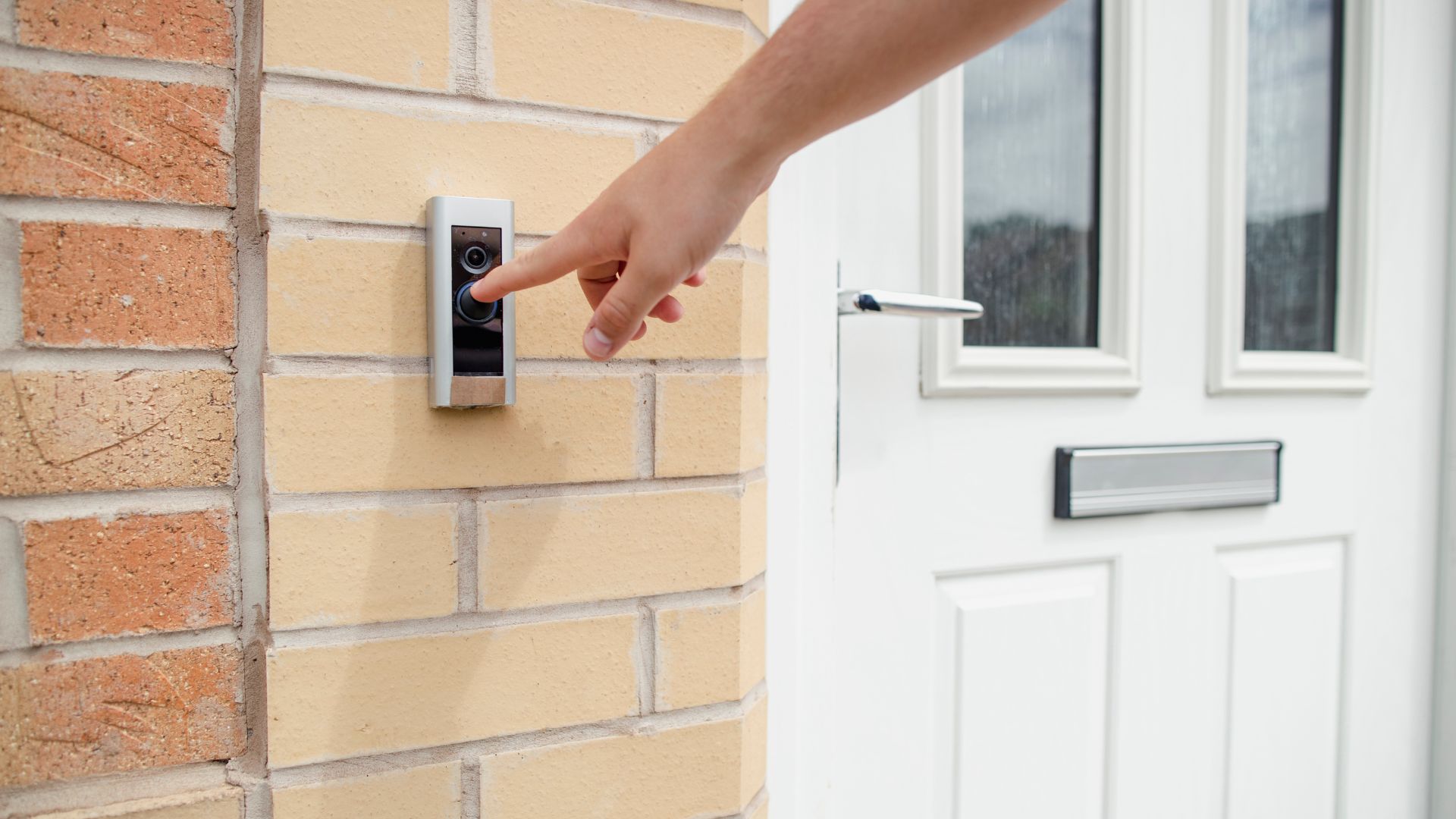
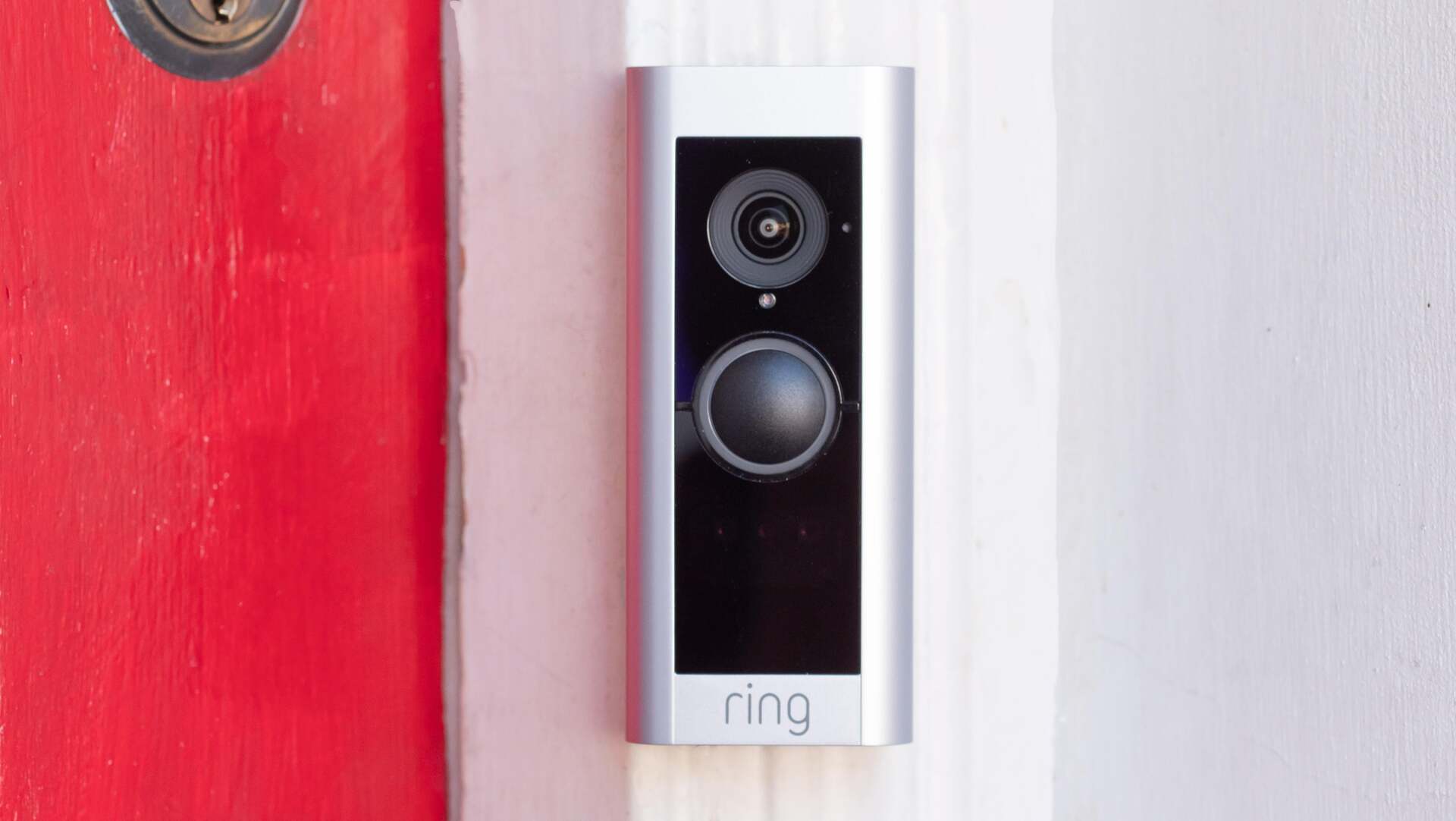
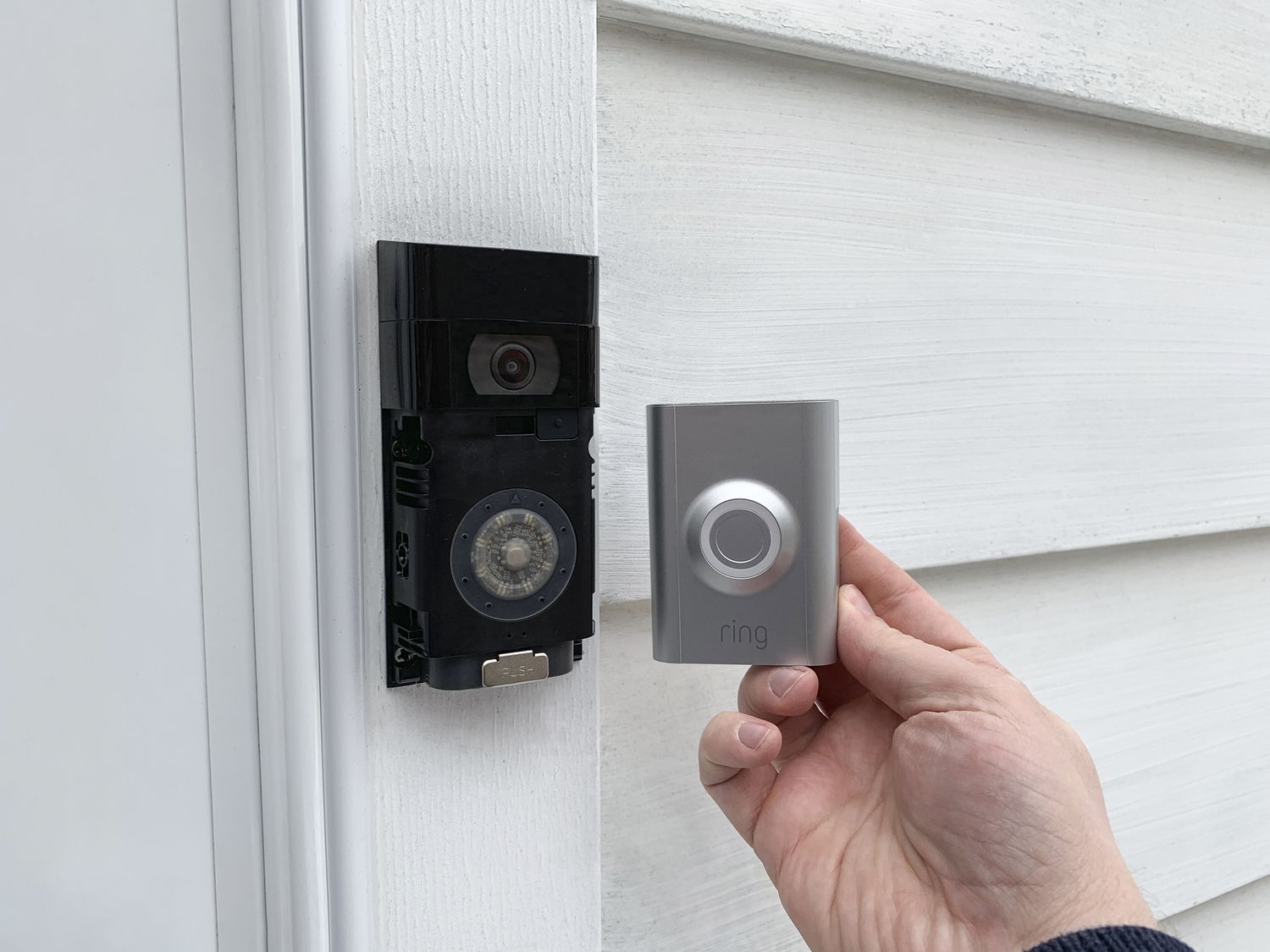
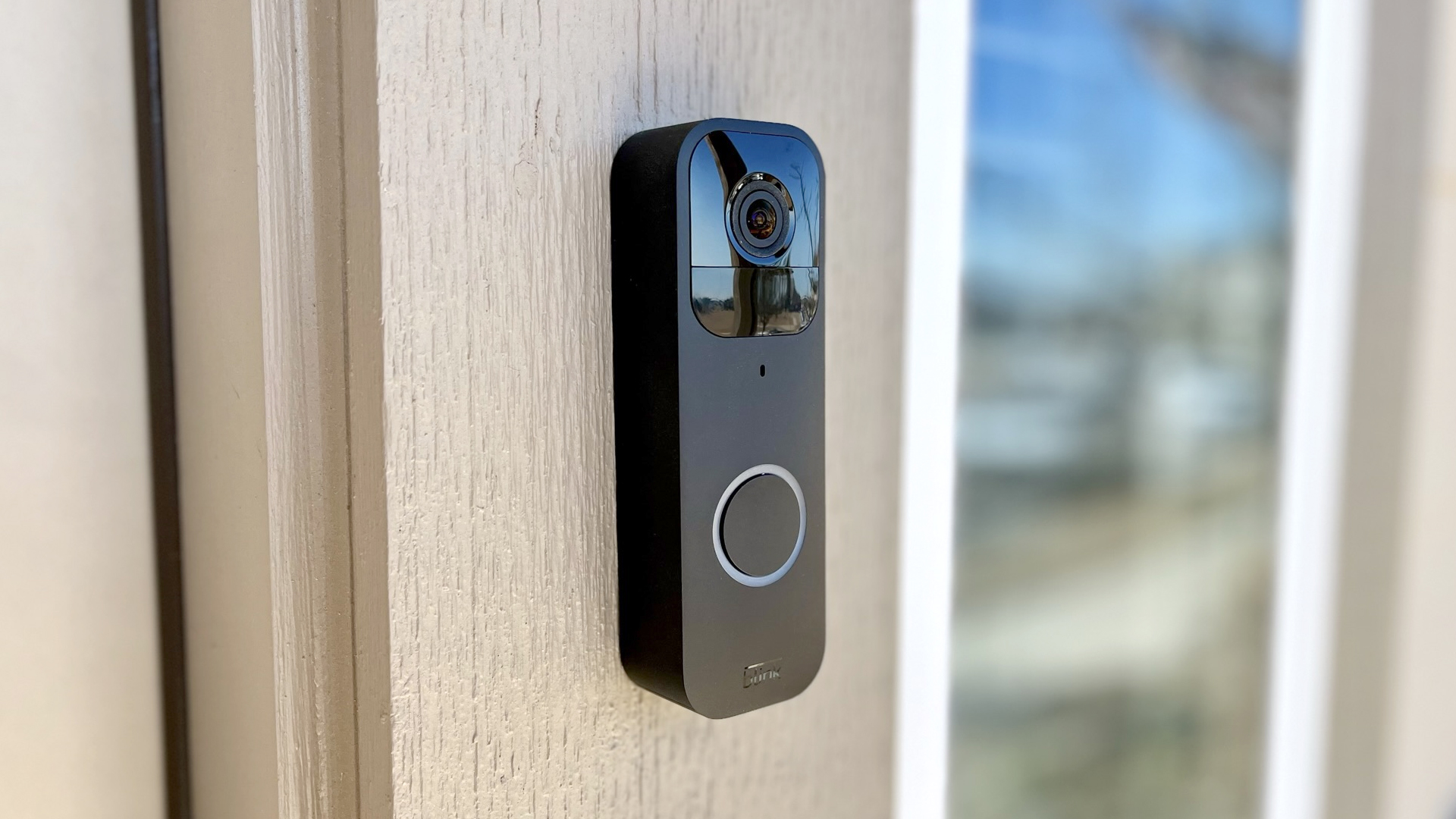
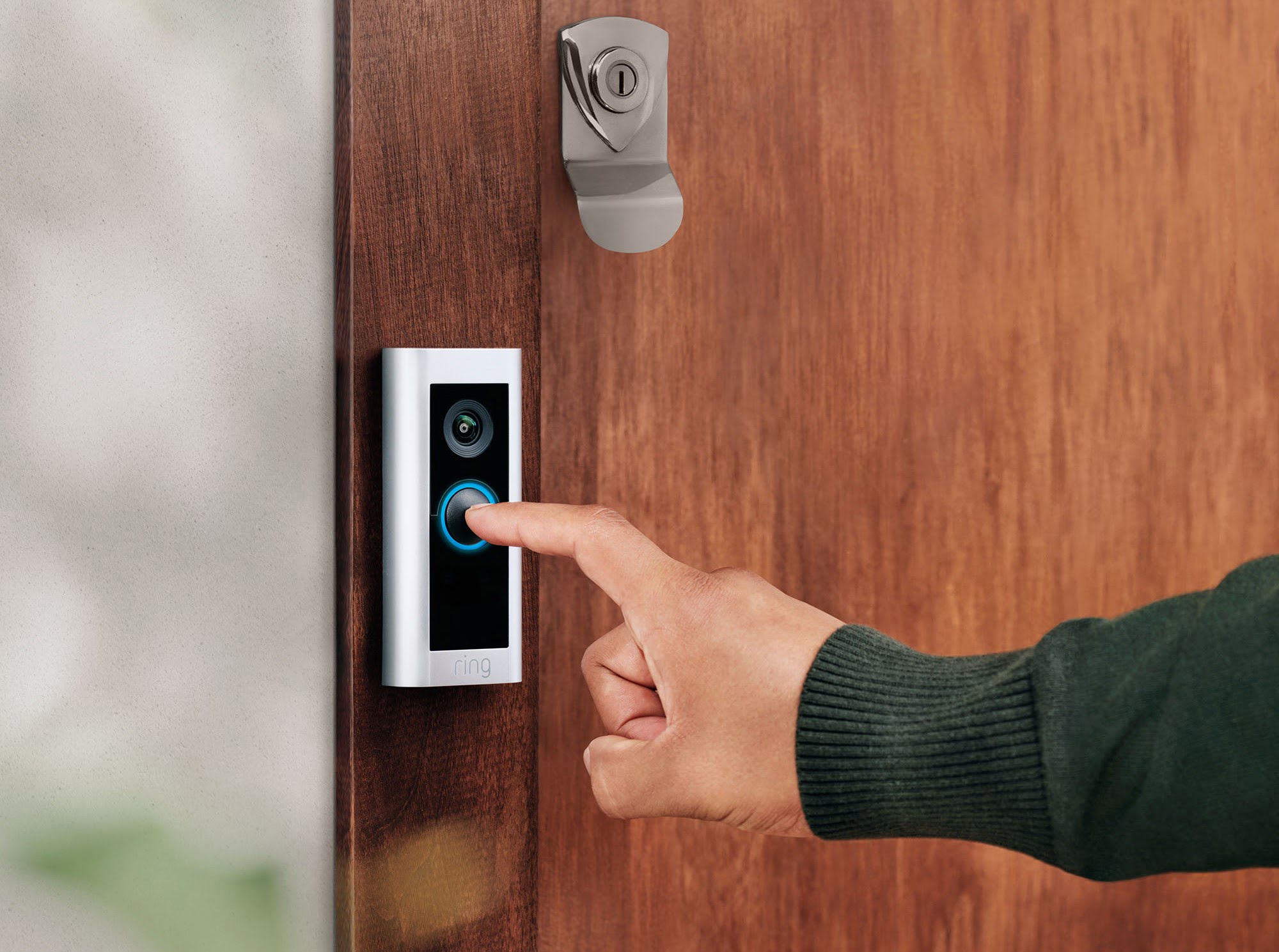
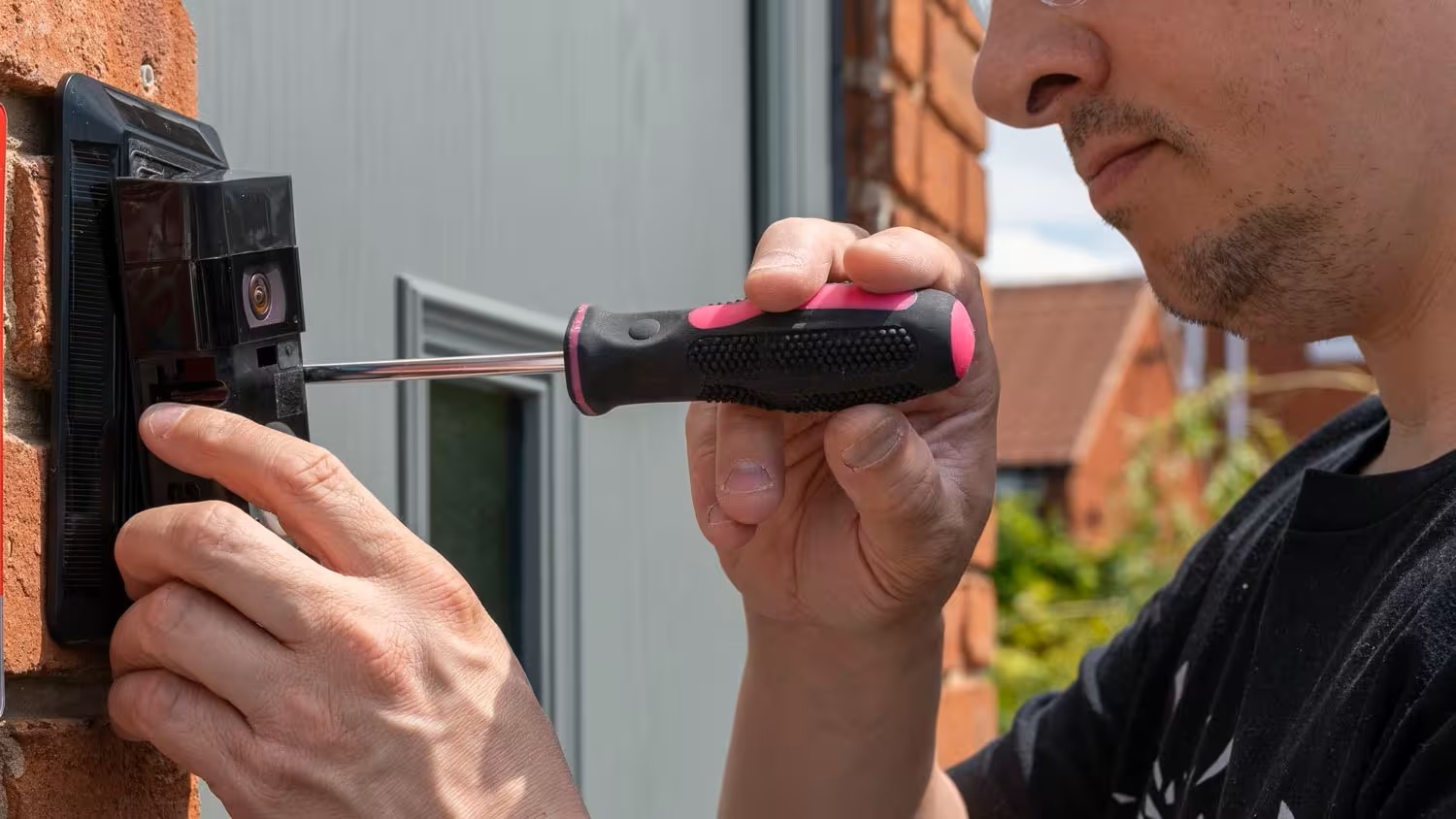
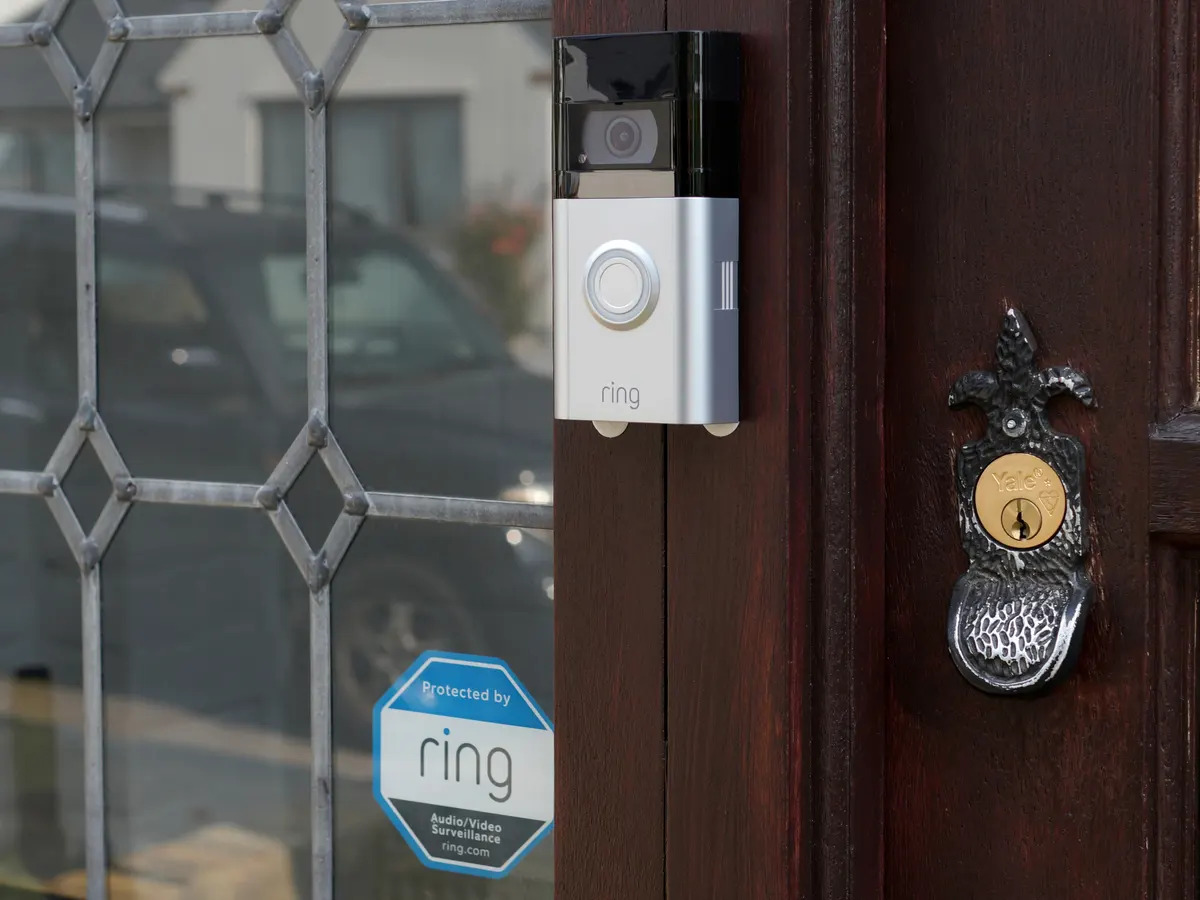
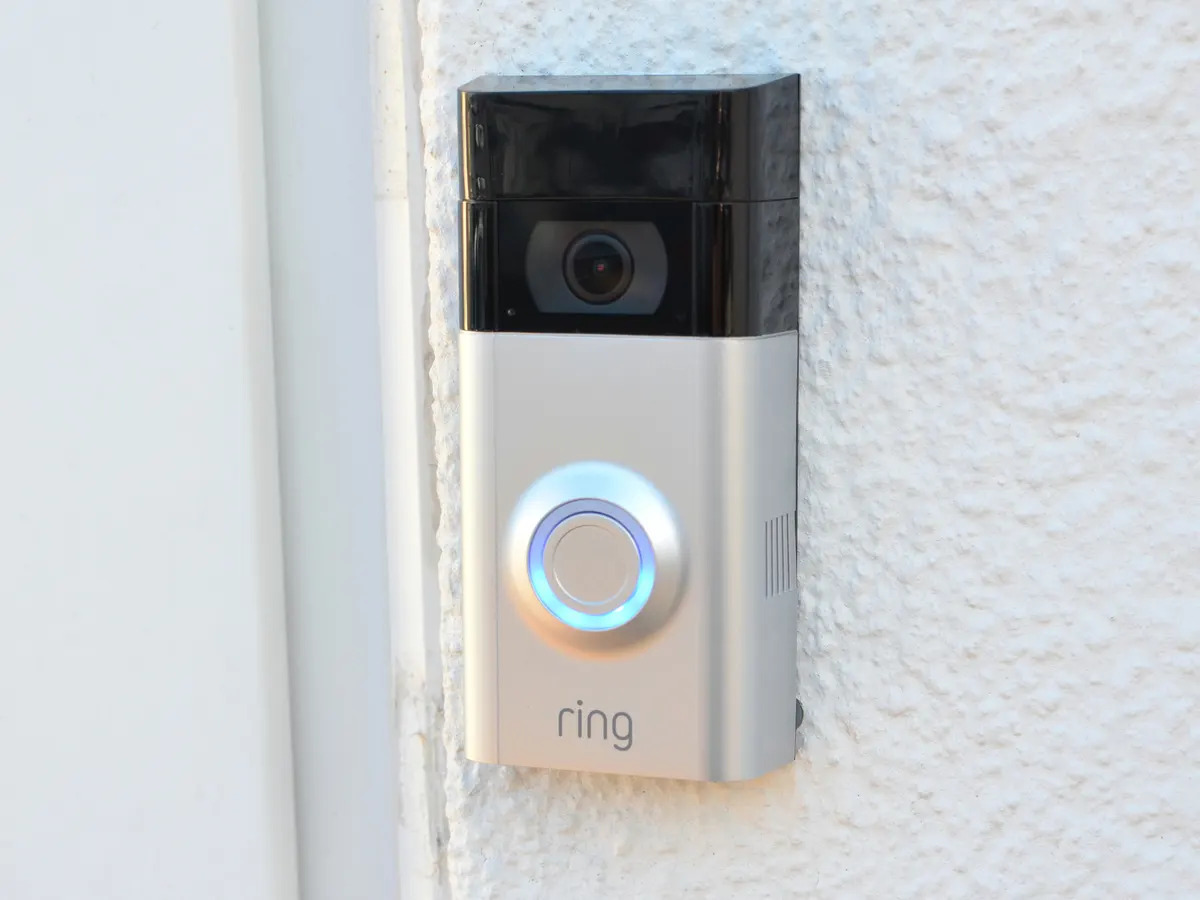
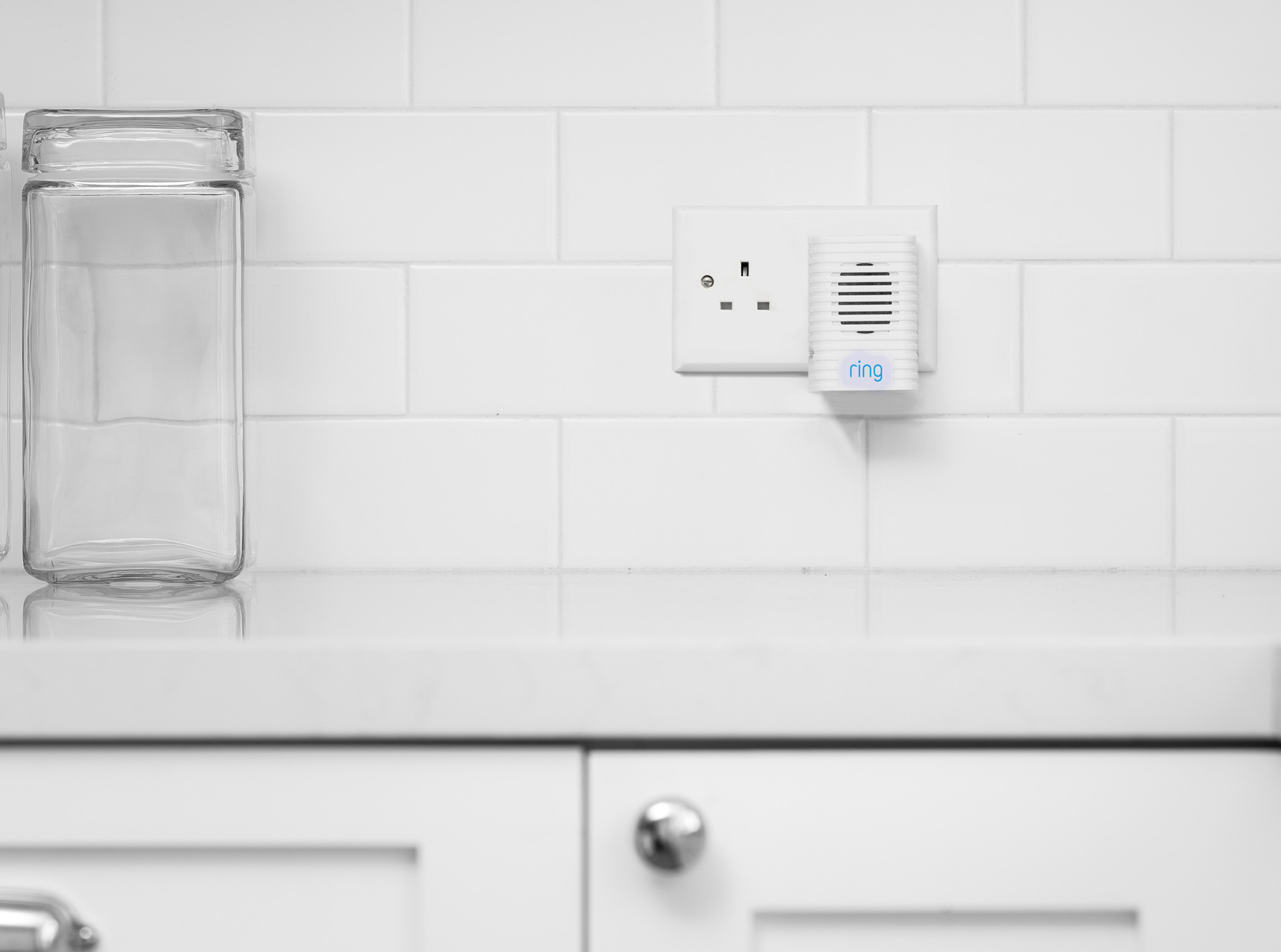
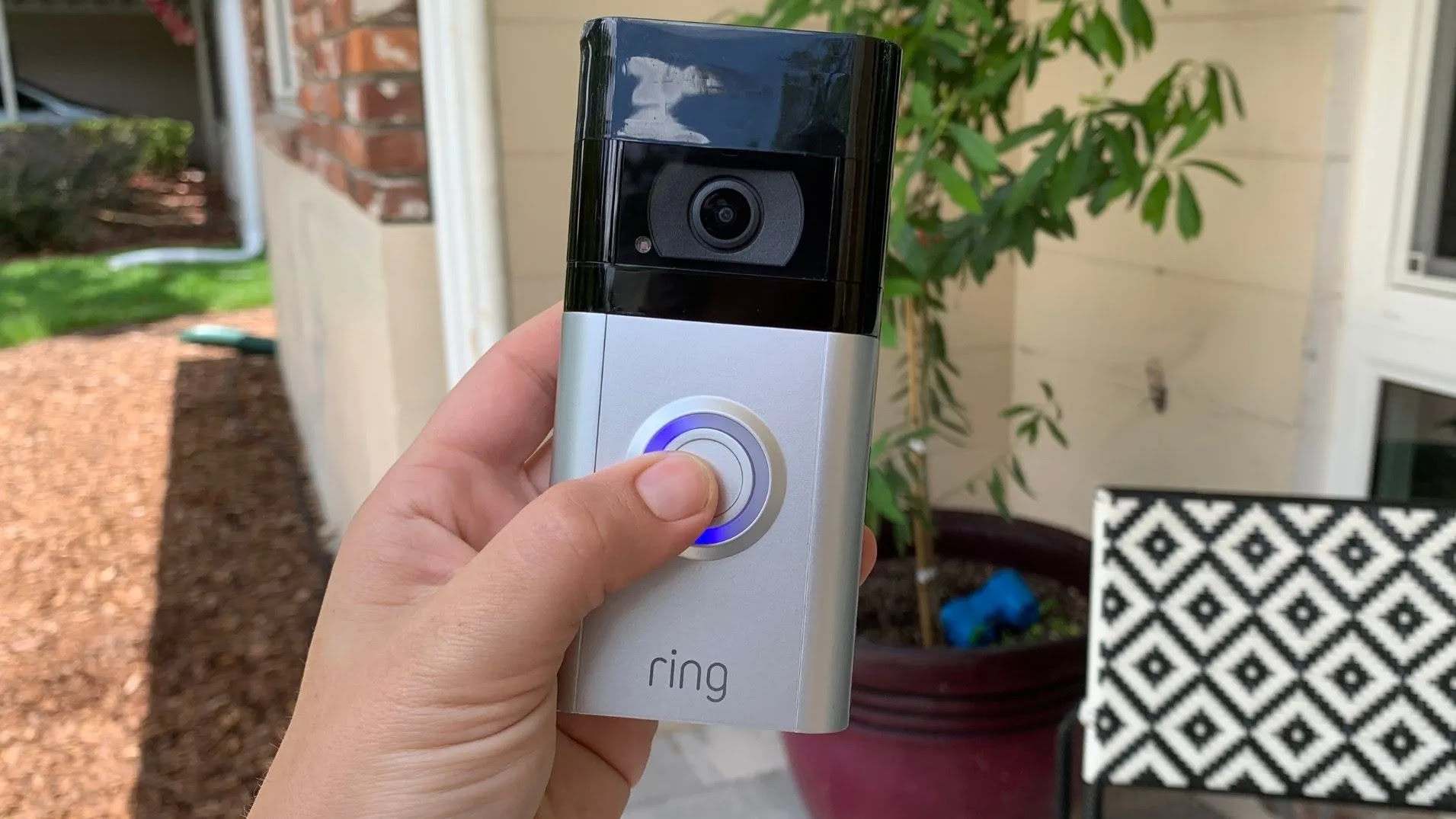

0 thoughts on “When Does Ring Doorbell Record”